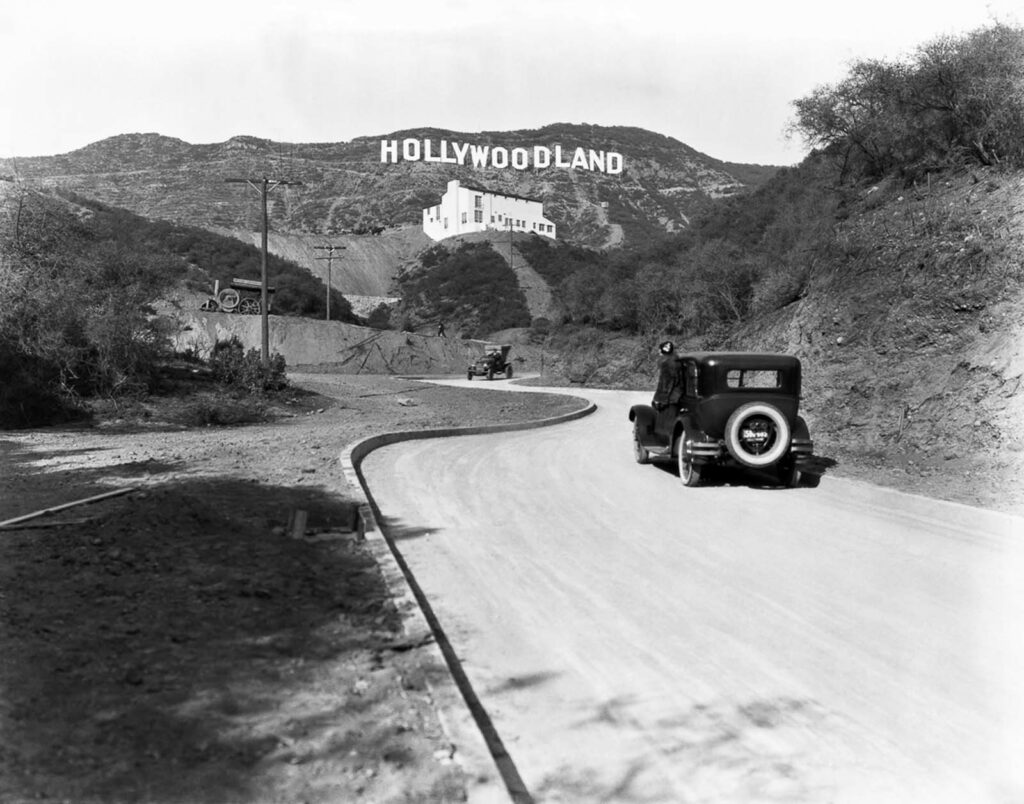
Among American icons, the Hollywood sign could be singular. It is a monument whose white letters are recognizable everywhere as the main movie sign.
Day after day visitors wanting to position themselves for the finest possible angle on the sign stroll into nearby Griffith Park or troll up and down the streets for the Hollywood Hills with cameras.
To moviegoers and so many others, the sign marks the earthly home of that otherwise ethereal realm of fame, stardom, and notoriety — the objective of American and international desires to be in the limelight, to be like the Hollywood sign itself, instantly recognizable.
Unlike the Statue of Liberty or Mount Rushmore, the Hollywood sign does not show a human picture or take the form of an instantly identifiable object like the Washington Monument or the Liberty Bell. It may indicate a location, but it is not the place itself.
Rather, it is a collection of letters, a word on the side of a steep hill that, unlike many other beloved sights, cannot be visited, only seen from distance. The Hollywood sign captures the American yearning to stand out from the scene. It captures the drive to performance and distinctiveness that has permeated American society since the US first emerged, formerly unheard-of on the world scene in the late eighteenth century.
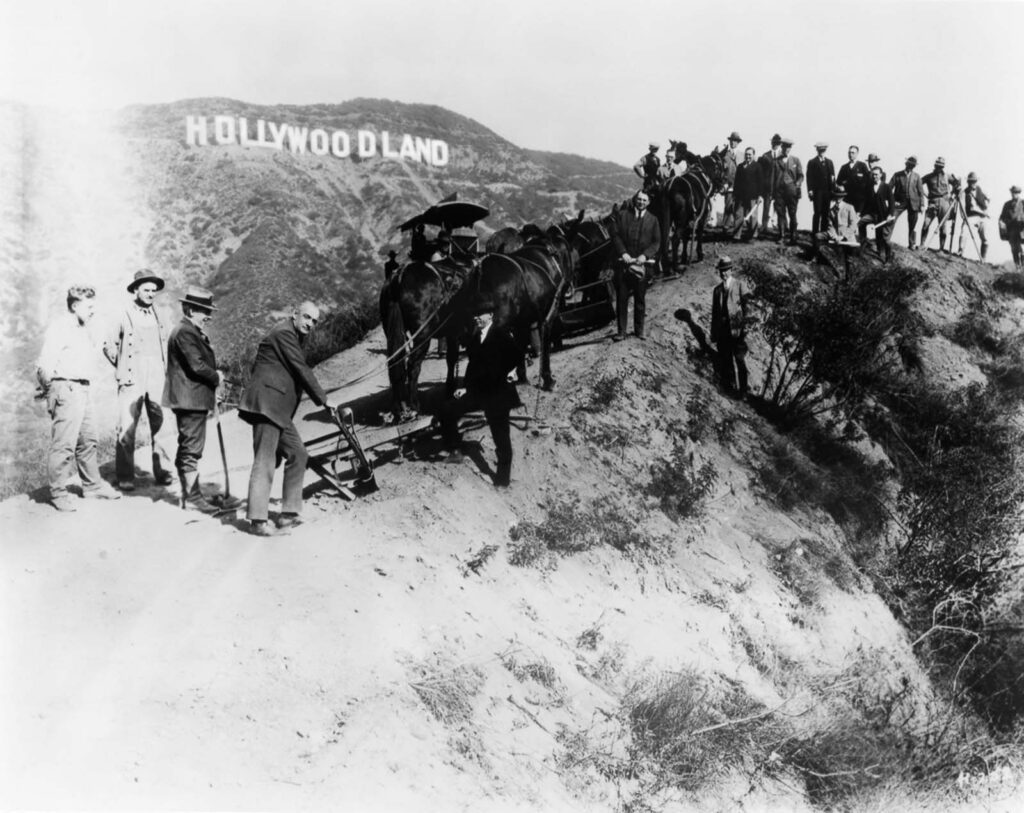
Originally reading ” HOLLYWOODLAND,” the sign was installed in 1923. Its goal was to promote the name of the new segregated housing project located on hills above Los Angeles’ Hollywood area.
The developers, Tracy E. Shouts and S. H. Woodruff, envisioned Holly woodland as a sophisticated homage to old California. Under the direction of transportation moguls E. P. Clarks and M. H. Sherman as well as Los Angeles Times publisher Harry Chandler, the two men entered a partnership to split and develop land in Beachwood Canyon in the spring of 1923. In July 1923 Shouts passed away abruptly from a heart attack; Woodruff was elevated to head developer.
Shouts and Sherman brought architect John L. DeLario on board in April 1923 to supervise the Holly woodland design crew. DeLario restored Spanish and Mediterranean homes in Southern California for more modern sensibilities, but he also loved their appearance and feel.
This kind of house he described as California Renaissance. Only four architectural styles were allowed: English Tudor, French Normandy, Mediterranean, and Spanish.
The style was crucial; developers created Holly woodland as a sophisticated, upscale community fit for middle class budgets. Details also counted; granite retaining walls, terraces, and steps produced a serene fairy tale ambience; likewise, the fairytale mansions built into the majestic hills of the area.
Among the first to see the value and significance of new media in advancing the project was the Holly woodland sales crew. They organized radio bands to get free promotion, asked horse groups to ride through the area, invited newsreel cameramen to document destruction and building, and produced sophisticated rotogravure brochures.
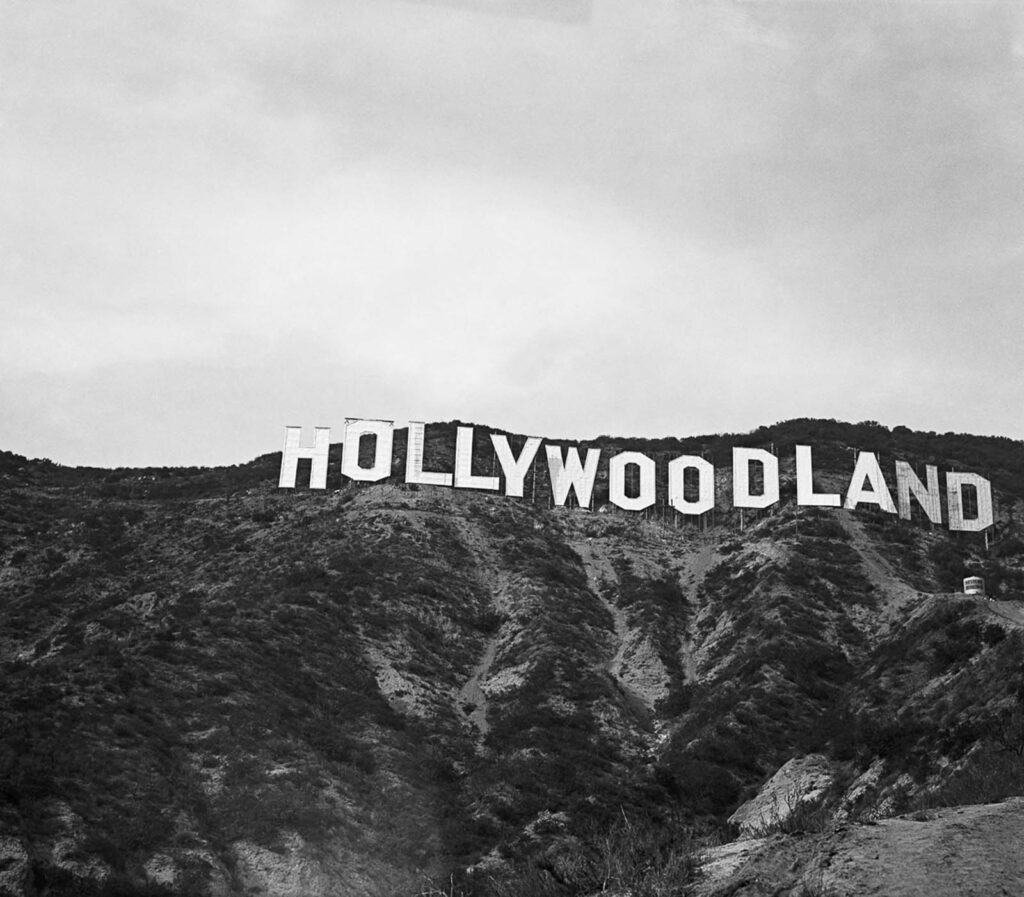
The developers also realized the value of building a distinctive brand and soon developed one using their iconic HOLLYWOODLAND symbol.
To set thirteen south-facing letters on the hillside, they hired the Crescent Sign Company. Thomas Fisk Goff (1890–1984) was the proprietor of the sign company who developed it. Every letter measured 30 feet (9.1 metres) wide and 50 feet (15.2 metres), and the entire sign was studded with about 4,000 light bulbs.
The sign illuminated segmentally: “HOLLY,” “Wood,” and “LAND,” then as a whole. Under the Hollywoodland sign stood a searchlight meant to draw more people. Mules pulled the poles supporting the sign to the spot. The project ran at $21,000, or $320,000 in 2019.
Originally meant to just survive a year and a half, the sign became an internationally known emblem and was left there when American film emerged in Los Angeles during the Golden Age of Hollywood. Originally reflecting the district rather than the “Hollywoodland” housing complex, the “Land” was deleted in 1949.
Designed to last for 18 months, the sign suffered significant damage and degradation over the course of the decades but was named a Historic-Cultural Monument in 1973 and reconstructed with more permanent materials in 1978.
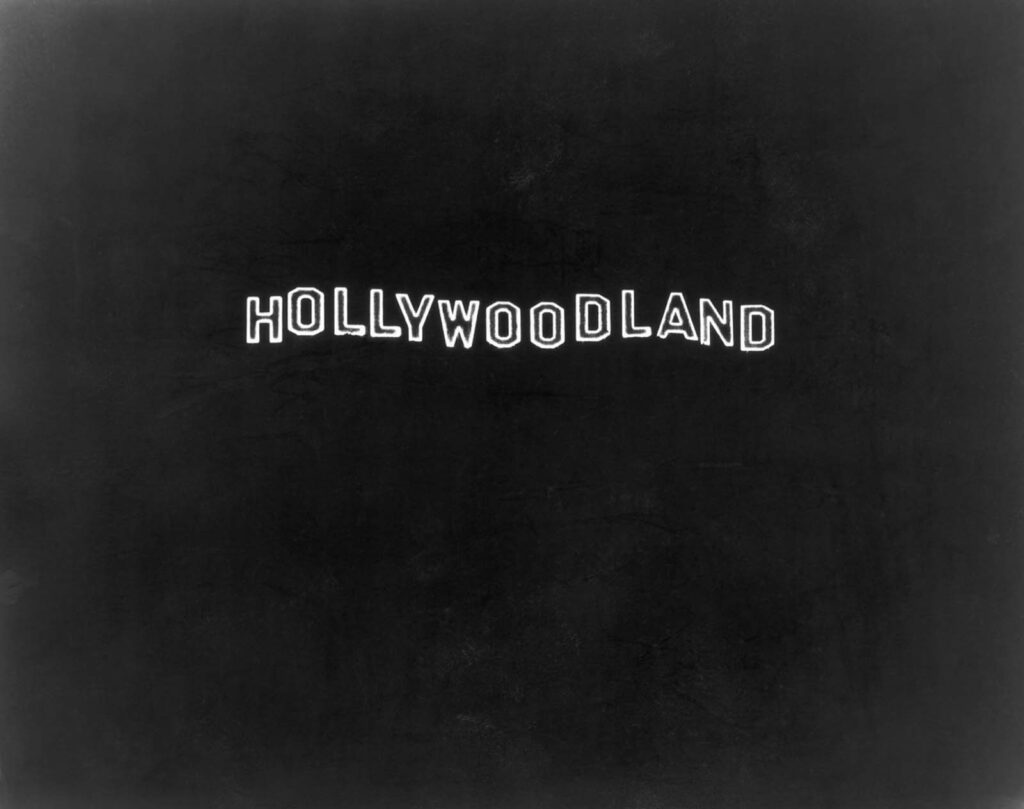
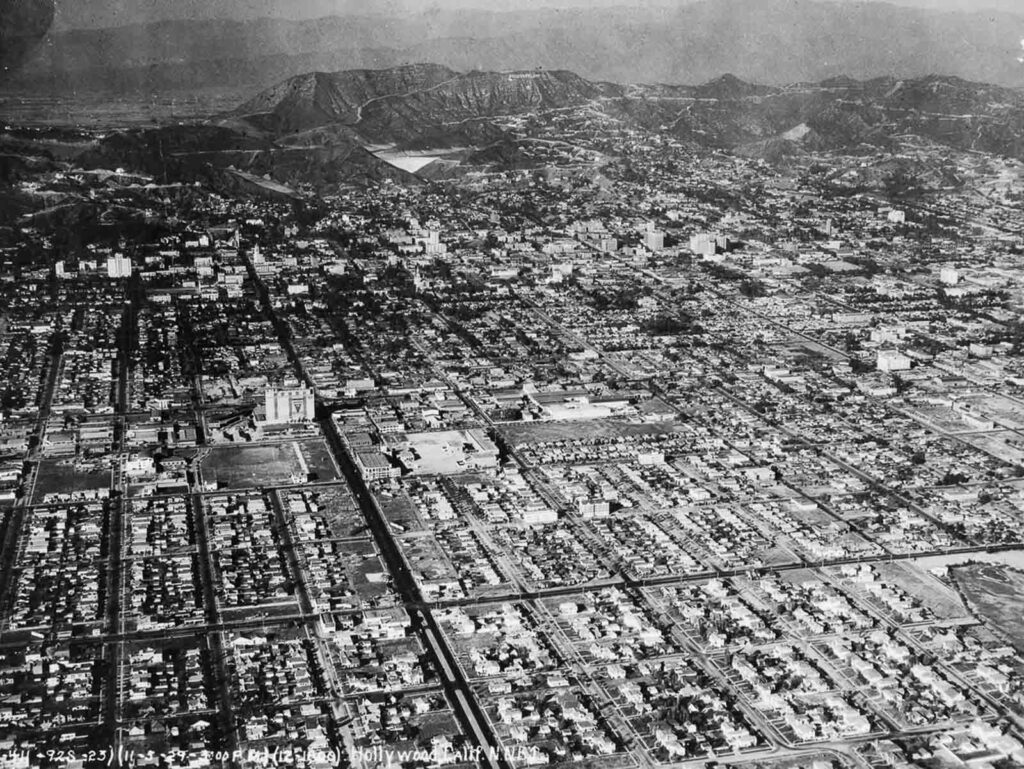

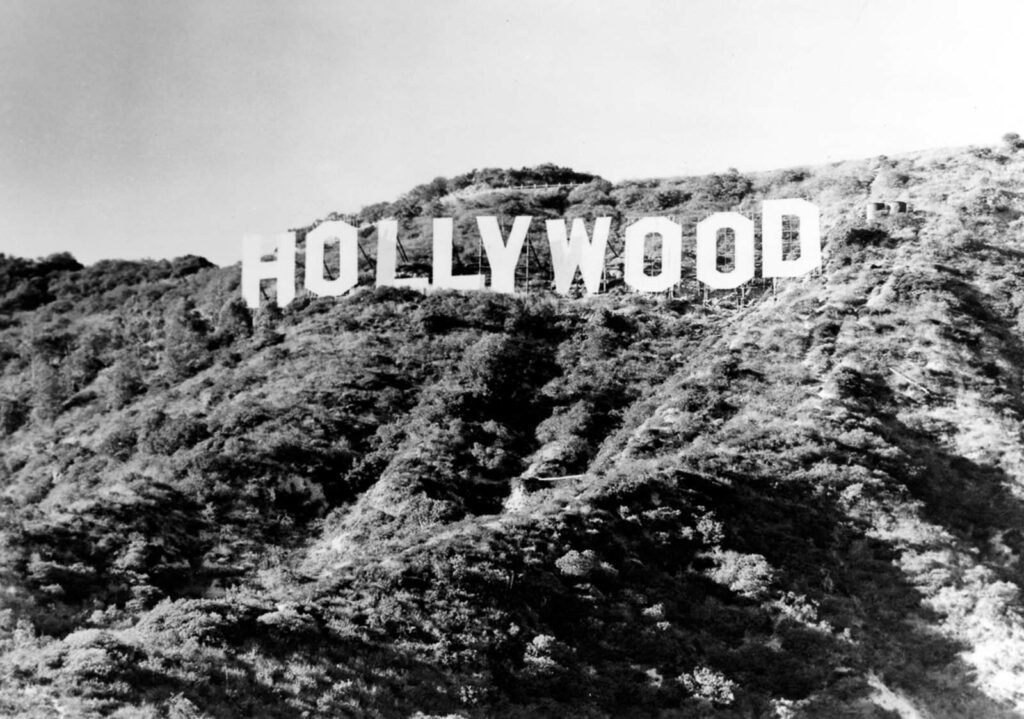
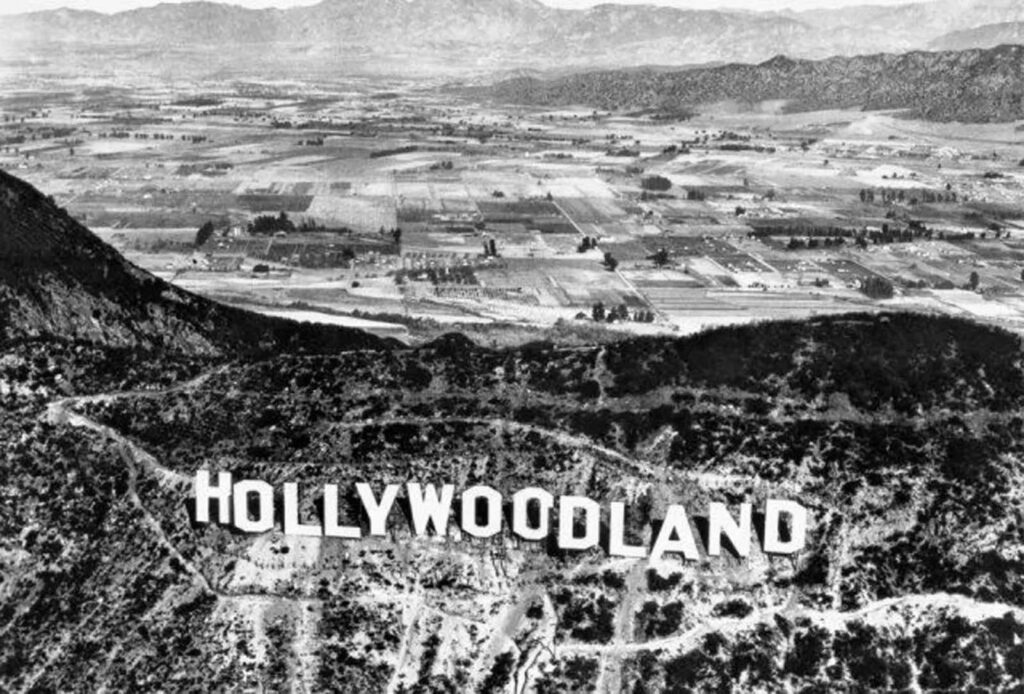
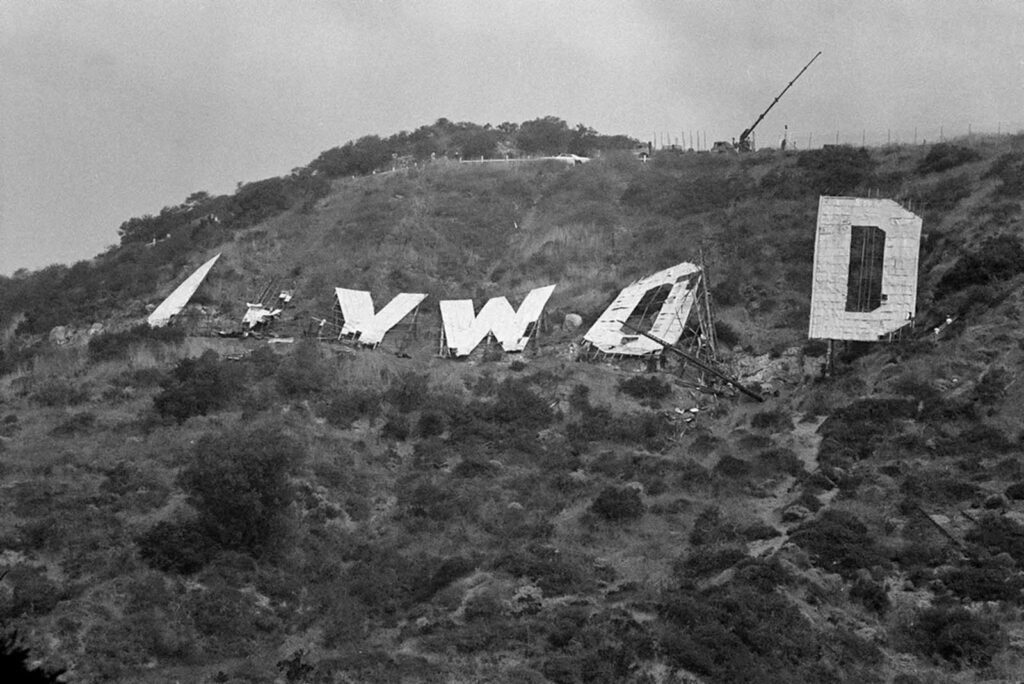
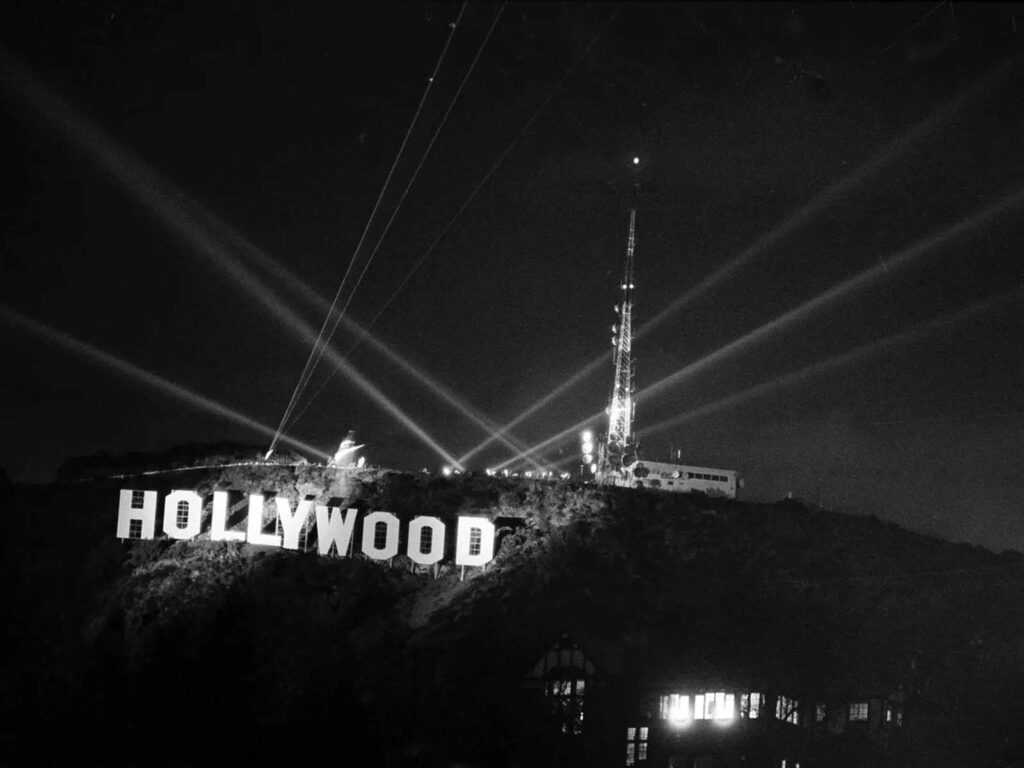
(Photo credit: Michael Ochs Archives / Underwood Archives / The Hollywood Sign By Leo Braudy / Hollywoodland By Mary Mallory).
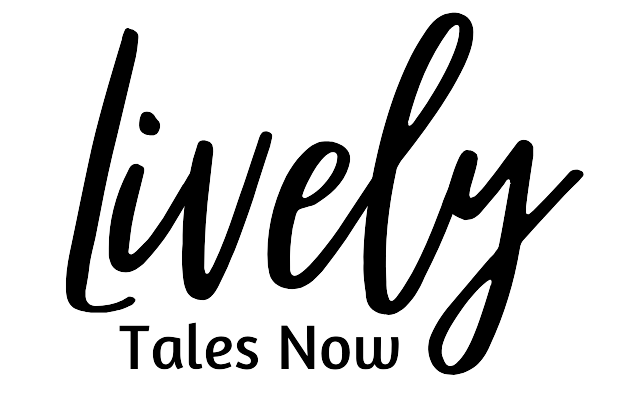

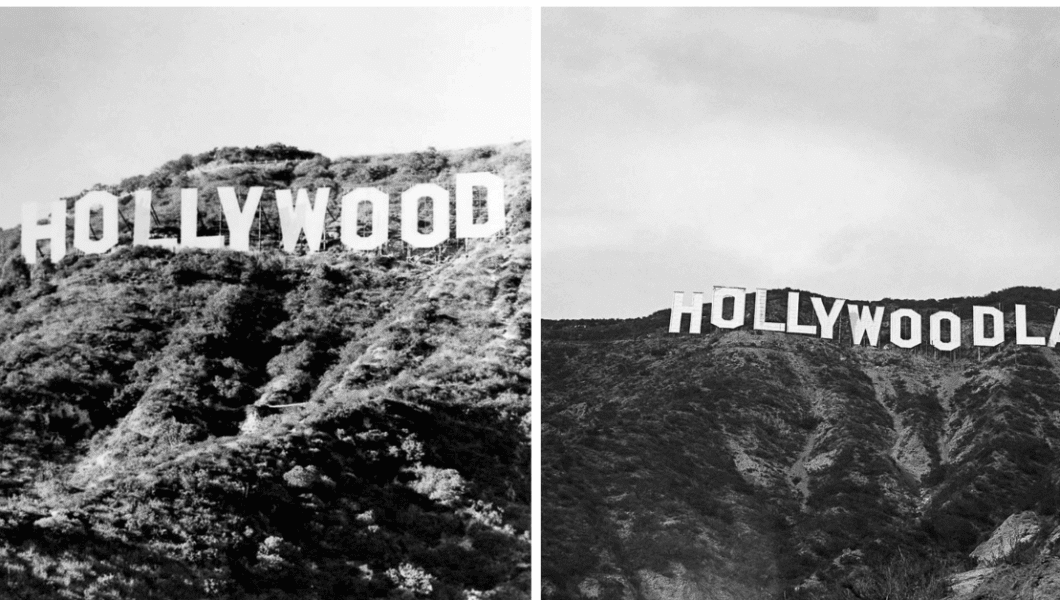
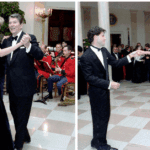
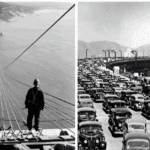
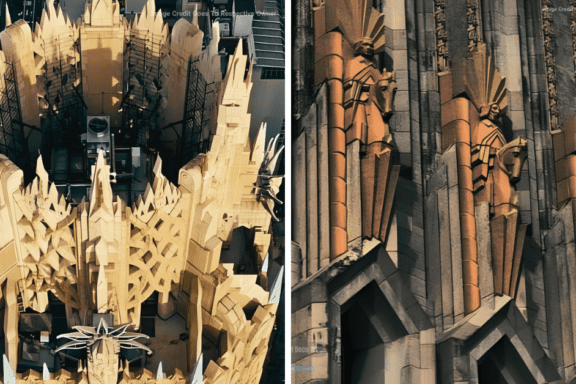
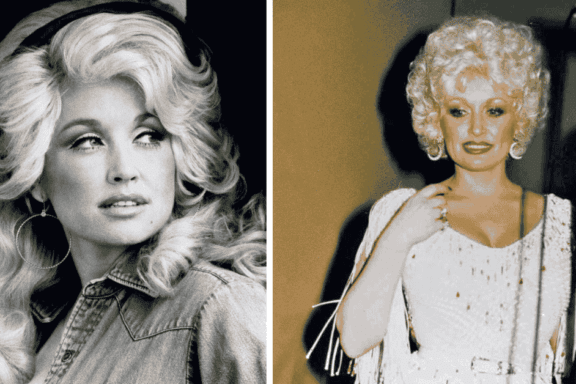

No Comments